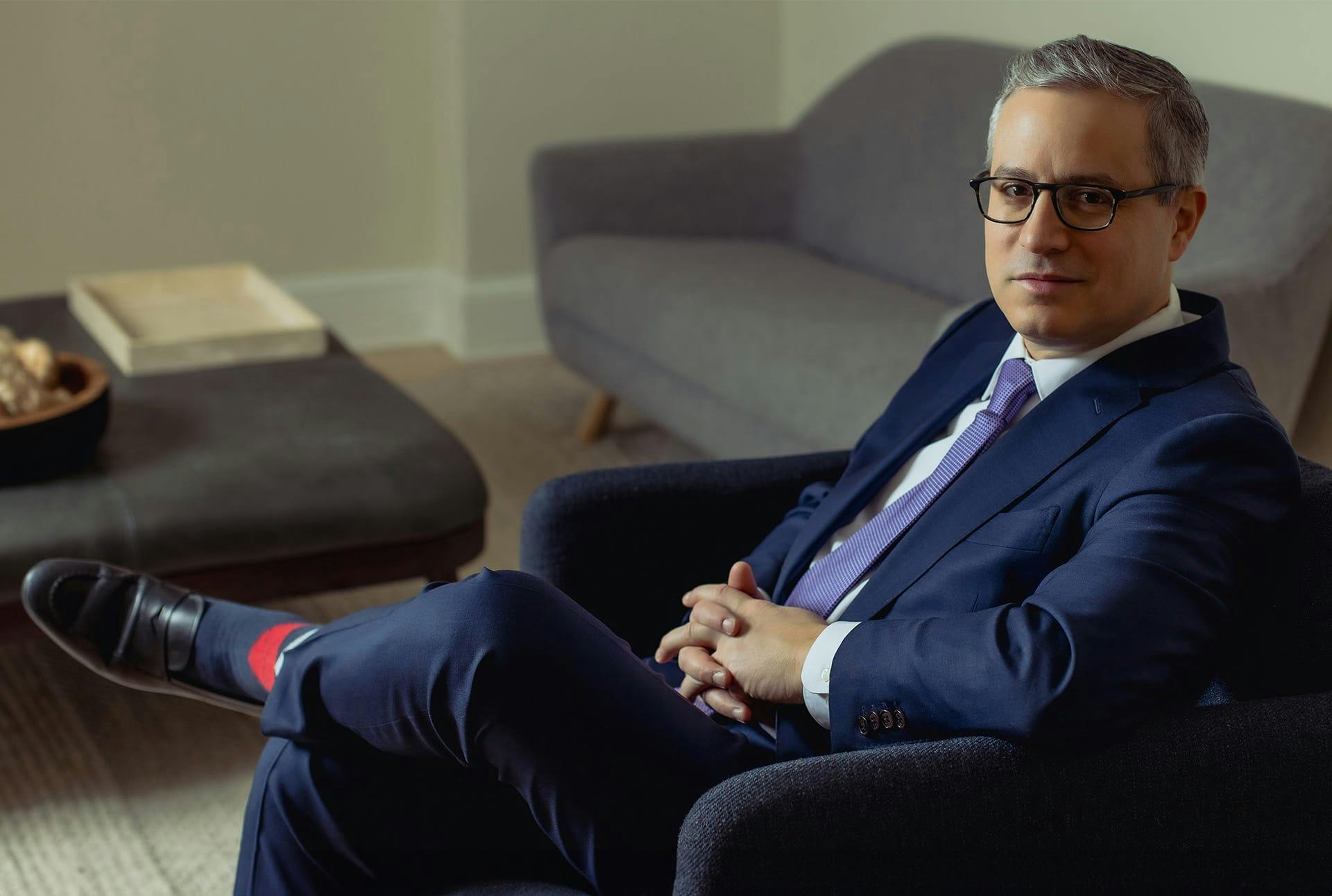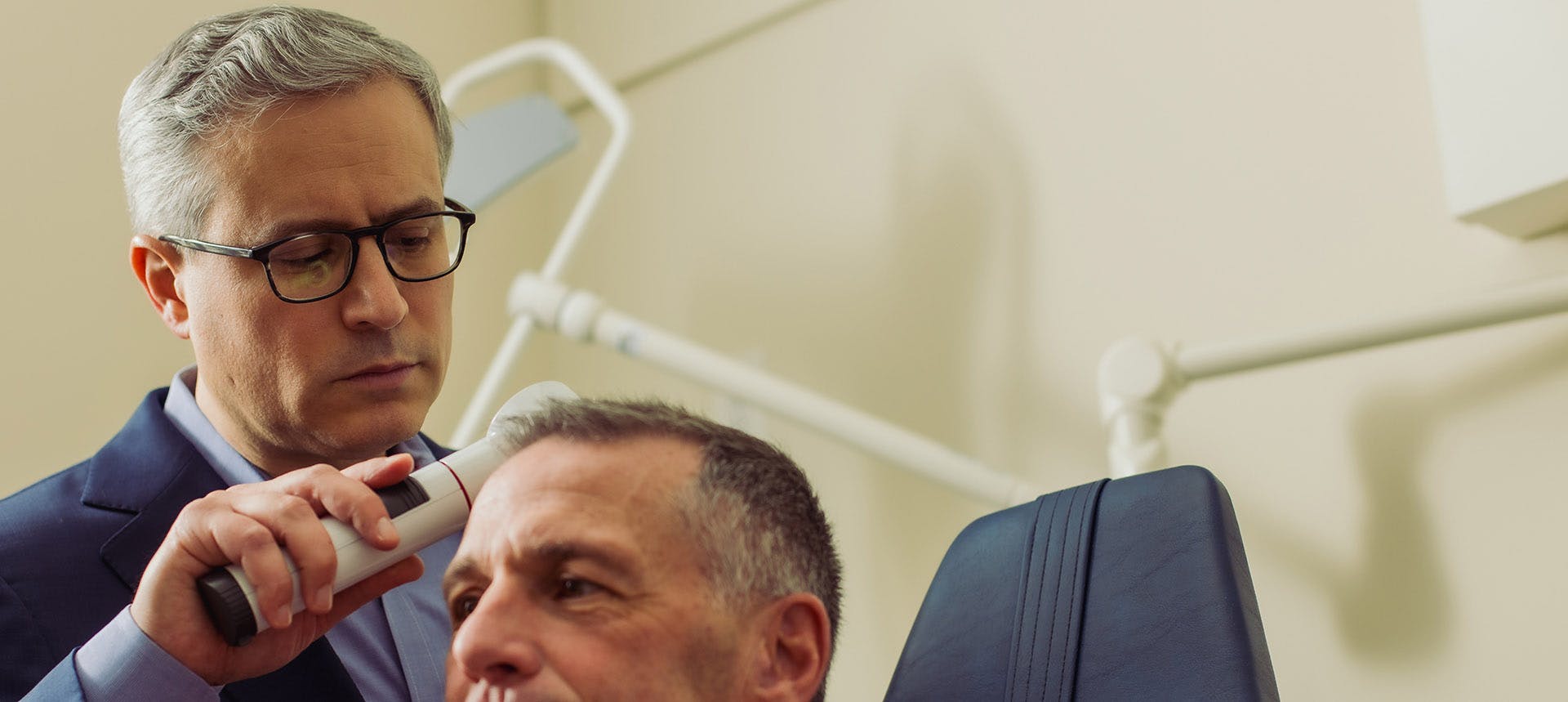Whenever there is an injury to the skin, including some hair restoration treatments, a scar may form. At Wolfeld Hair, we use the most advanced hair restoration techniques with limited risk of scarring, but some patients may require scar repair to improve the appearance of scars. The type of scarring left from hair restoration will be based upon the type of hair restoration technique used.
How is Scar Repair Performed?
Scar repair after hair restoration may involve a combination of surgical and non-surgical procedures depending on the depth, size, and severity of the scars. These procedures range from simple, topical applications or injections to laser skin resurfacing. Dr. Wolfeld will evaluate any scars left from hair restoration and advise you of the most effective treatment for you.





